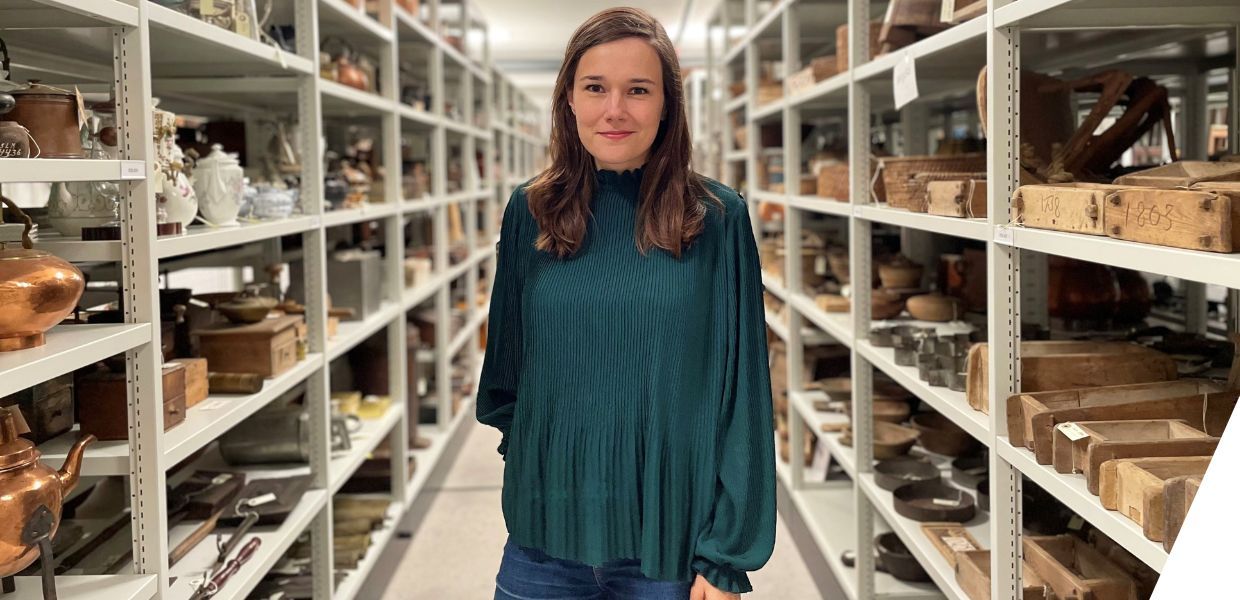How did you enter your profession?
I took on my first full-time job at the Swedish National Heritage Board in 2019, half a year before the pandemic hit. Before that, I studied Cultural Anthropology, Political Science and Ethnology in Münster and Hamburg. In Hamburg, while I was studying for my Master’s degree, I became more and more interested in digitisation and how digital transformation was impacting and changing societies and institutions. As I wanted to work in museums and heritage organisations, I wrote my Masters thesis about digitalisation in open-air museums in different European countries. It was incredibly interesting to see how much the mindsets towards leadership and implementations of digital technologies in the respective organisations differed.
Since then, I have been working with cultural heritage organisations in Sweden and Germany, trying to find new ways to engage audiences in using cultural heritage data, making digital collections widely and openly accessible, and curating digitised collections in many different formats.
What are you currently working on?
Since 2021 I have been working as a curator with a focus on digital development at Sörmlands museum, a county museum about an hour south of Stockholm. When I read the job announcement, it was 100 percent the things I wanted to work with. I had been searching for an institution with a very specific target group, small enough to actually make change in a foreseeable future and big enough to be able to work with different people on the challenges faced. Since then, we have together found new processes to speed up digitisation of our collections while aiming for a manageable, high quality items. We also have adapted an open licensing policy and implemented new ways to curate our digitised collections. Right now, I am developing ideas on how to bring our digitised collections closer to our physical visitors, ideally engaging enough to take them home.
What are some of the challenges in your role? What are some of your favourite elements?
I often try to see myself as an advocate for users of digital collections on the inside of cultural heritage organisations. The challenges I see are therefore often of a political nature. Copyright, for example, is often seen as a barrier and I would like GLAMs and their lobbying organisations to be more heard in the legislation processes. At the same time, I would really like GLAMs to sometimes be more daring and not hide behind laws like GDPR as a reason for not trying new approaches.
My favourite thing is definitely when I see cultural heritage collections, my own institution’s or others, out there in the wild, being used in ways we hadn’t considered. It can be anything from a Facebook post, to connecting a photograph to a family we could not identify, to users making mixed-media art with images. That’s what I am working for.
What was your motivation for joining the Members Council?
The network and the connections between cultural heritage professionals across Europe and the wider world are one of Europeana’s greatest assets. I wanted to help represent their interests and ensure their issues were heard in the wider Initiative. Before that, I had worked with the Europeana Aggregators’ Forum during my time with the Swedish National Heritage Board and seen the Europeana Foundation from the inside during an internship. While my term now comes to an end this year, I am really happy to have gathered so many different perspectives on this movement.



